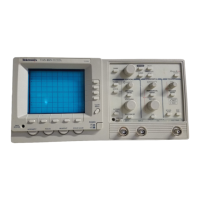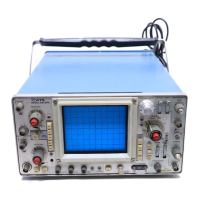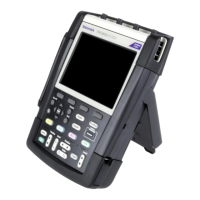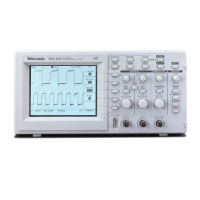•
•
•
Inspection and Cleaning
Cleaning Procedure - Interior
If,
after doing steps 1 and
2,
a module
is
clean upon inspection, skip
the remaining steps.
1.
Blow off dust with dry, low-pressure, deionized air (approximately 9 psi).
2.
Remove any remaining dust with a lint free cloth dampened
in
isopropyl
alcohol
(75%
solution) and rinse with a warm deionized water.
(A
cotton-tipped applicator
is
useful for cleaning
in
narrow spaces and on
circuit boards.)
3.
If steps 1 and 2 do not remove all the dust or dirt, the oscilloscope may
be spray washed using a solution of 75% isopropyl alcohol by doing
steps 4 through
8.
4.
Gain access to the parts
to
be cleaned by removing easily accessible
shields and panels (see
"Removal and Installation Procedures").
5.
Spray wash dirty parts with the isopropyl alcohol solution and wait
60 seconds for the majority of the alcohol to evaporate.
6.
Use hot
(+50
0
C to
+60
0
C)
deionized water to thoroughly rinse them.
7.
Dry all parts with low-pressure, deionized
air.
8.
Dry all components and assemblies in
an
oven or drying compartment
using low-temperature
(+50
0
C to
+60
0
C)
circulating
air.
Cleaning the CRT Implosion Shield
This procedure describes how to clean both sides of the
CRT
Implo-
sion Shield, thus requiring its removal. Perform this procedure only if
cleaning the backside of the
Implosion Shield is necessary.
1.
Remove the Implosion Shield
as
described
in
the Removal and Replace-
ment procedures beginning on page 6-27.
2.
Clean the shield with a lint free cloth dampened
in
a general purpose
detergent-and-water solution. Do not use abrasive cleaners.
3.
Remove any static charge that may have accumulated by holding the
shield
in
a deionized air flow.
4.
Install the shield
as
described
in
the Removal and Replacement proce-
dures beginning on page 6-27.
TAS 475 and TAS 485 Service Manual
6-7

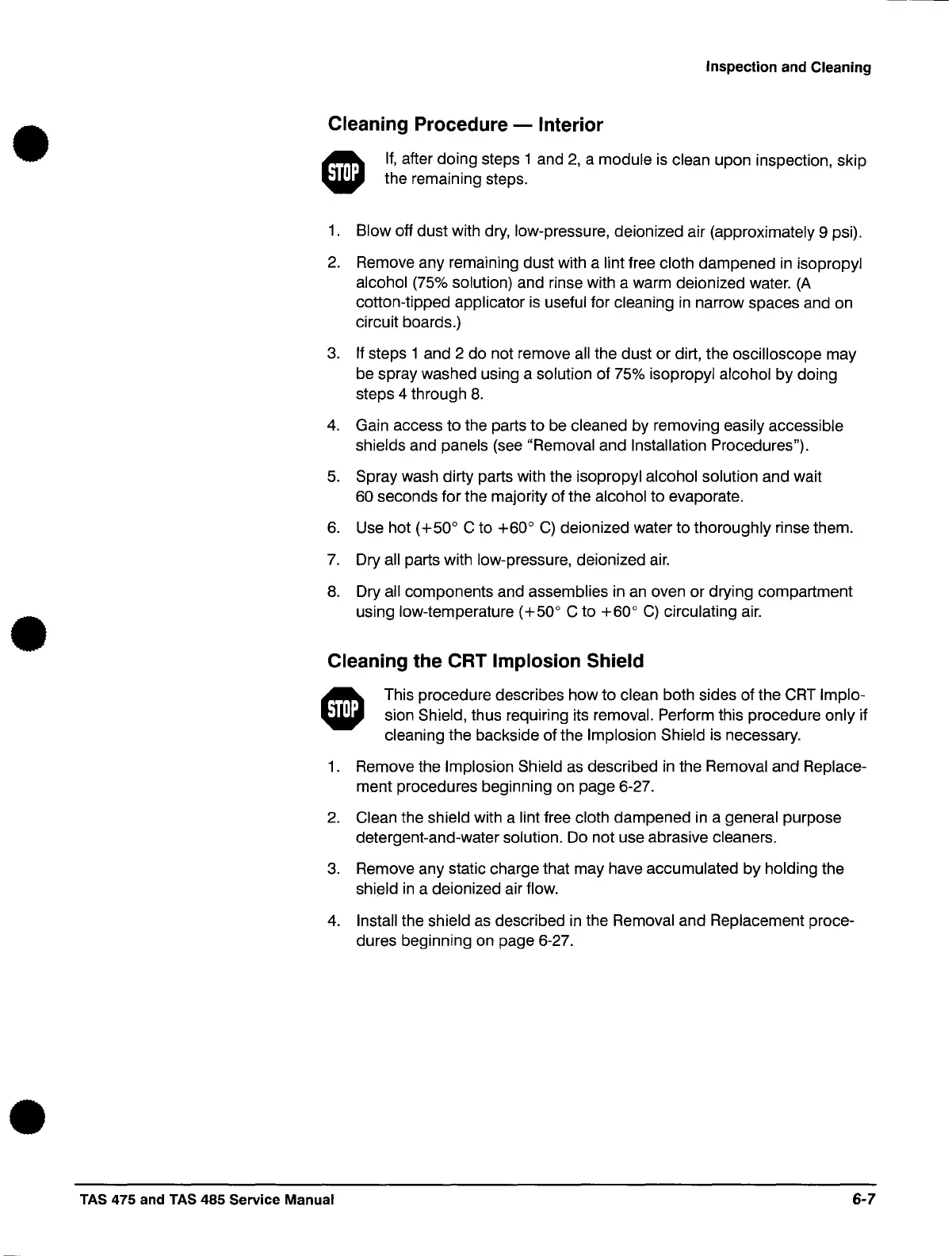